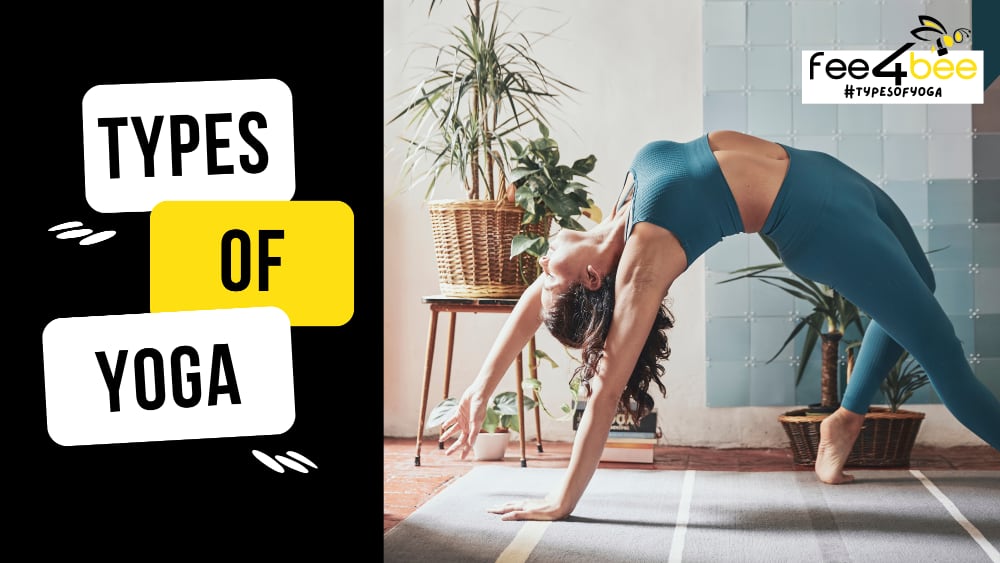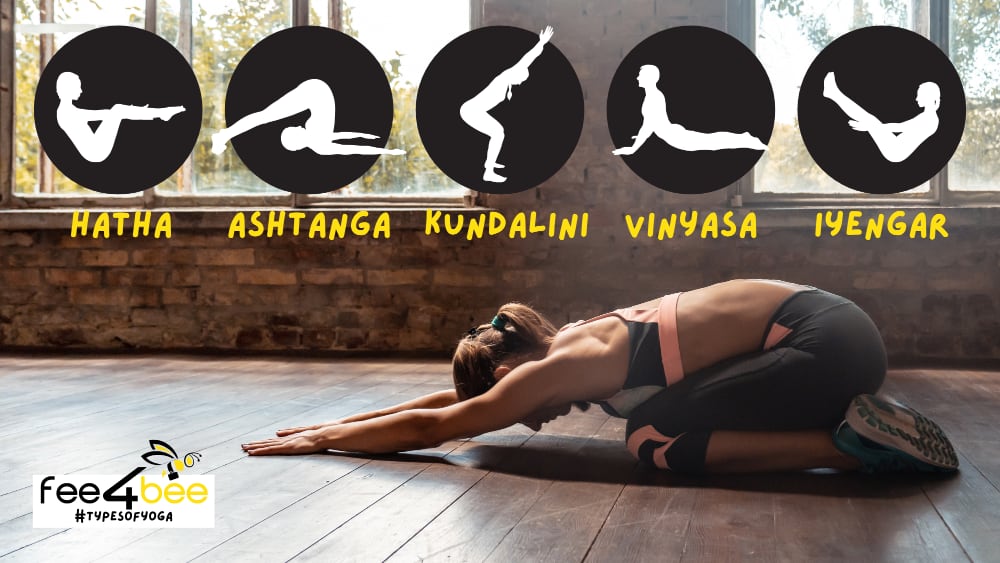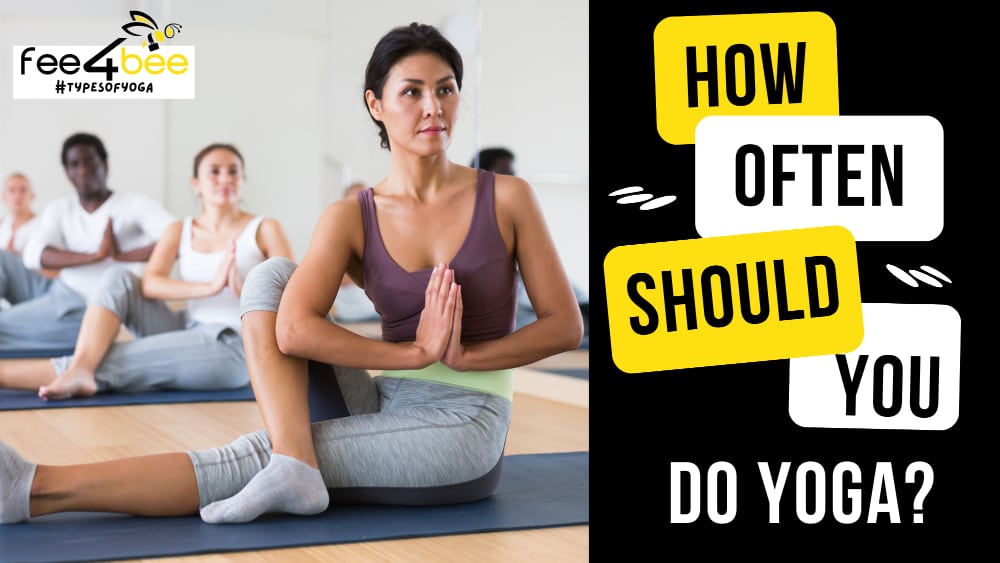- Winter Tasks
- Cleaning Services
- Moving Services
- Handyman
- Furniture Assembly
- Shopping and Delivery
- Office Services
- Commercial Cleaning
- Commercial Handyman
- Commercial Painting
- Conference Room Setup
- Office Housekeeping
- Office Movers
- Office Snack Delivery
- Office Supply Delivery
- Office Furniture Assembly
- Ergonomic Office Setup
- Office Setup & Organization
- Data Entry
- Proofreading services
- Office Administration
- Office Interior Design
- Business services
- Assembling IKEA furniture
- Assembling an IKEA kitchen
- IKEA dressing room assembly
- Assembling IKEA cabinets
- IKEA bathroom furniture assembly
- Assembling IKEA beds
- Assembling IKEA tables
- Assembly of IKEA seats
- Assembling IKEA sofas
- Assembling dressers IKEA
- Assembling IKEA racks
- Assembling IKEA pedestals
- Assembling children's furniture IKEA
- Assembling IKEA chairs
- Assembling other IKEA furniture
- Coaching
- Beauty and health services
- Domestic services
- Construction works
- Finishing work
- Services for animals
What are the different types of yoga you may try?
Yoga is the perfect way to stay connected with your body and mind. It has been practiced for centuries and there are many different types of yoga to choose from, depending on your needs and preferences. Yoga can be used as a tool to heal and maintain your physical and mental health. You can enjoy all the benefits of yoga sessions from the comfort of your own home either by visiting yoga classes in a local studio.
Yoga's best feature is that it requires only a yoga mat and a few hours per week to start practice. From gentle Hatha yoga that helps you develop a strong and beautiful body, to vigorous Vinyasa flows that will get your heart rate up, there’s a type of yoga for everyone.

7 most common types of yoga
The following types of yoga are the most popular and widely practiced. Each of them has its own style and approach to asanas, philosophy and meditation practices. Read on to find out which one is best suited for you.
What is Hatha yoga?
This style of yoga is slow-paced, gentle and suitable for all ages and abilities. Hatha yoga classes for beginners are the perfect practice to help you explore your body and mind in a safe and supportive way. A hatha yoga instructor will focus your attention on physical postures and breathing exercises to improve your flexibility, strength, balance and mood. It helps to reduce stress, boost your energy levels and cultivate a sense of inner peace.
Hatha yoga is best for beginner yogis and suits perfectly those who want to start off slow and build their way up in terms of intensity. You can expect to hold each pose between five-ten breaths and gradually increase the time between inhalation and exhalation during classes. Suits well for practicing hatha yoga online classes as it is quite easy to understand and gives you enough comfort and flexibility.
What is Ashtanga yoga?
In Sanskrit, ashtanga means eight-limbed, which implies an eight-limbed way toward achieving the state of mindfulness. The 8 limbs of ashtanga yoga are
- Yama (universal morality),
- Niyama (personal observances),
- Asana (postures),
- Pranayama (breath control),
- Pratyahara (withdrawal of senses),
- Dharana (concentration),
- Dhyana (meditation),
- Samadhi (consumption or conscious trance, a supreme aspiration of yogis).
Ashtanga yoga instructors guide their students to an understanding of ashtanga yoga through the third limb, asana. This is often the easiest way for new students to begin their practice. Asana, which is physical, makes the body and mind feel more accessible to other knowledge.
This yoga style is a more rigorous and physically demanding practice. Ashtanga yoga training consists of six series of postures. Ashtanga yoga classes are fast-paced and can be quite challenging but it’s an excellent way to improve your strength, balance and coordination. Ashtanga yoga is difficult for beginners and suits more for those who are already comfortable with their practice and want to take it to the next level.
What is Kundalini yoga?
Kundalini yoga is a more spiritual practice, which works with your energy and consciousness. Kundalini yoga for beginners helps to awaken the dormant kundalini energy that lies within us and brings a state of balance and harmony. Kundalini yoga training involves meditation, chanting mantras and dynamic postures.
Kundalini yoga has many benefits, such as its impact on your psychological and physical well-being. Thanks to advanced breathing exercises, it can faster your metabolism, improve mood, and lower stress levels. Many ancient yoga practices, including meditation and breath control, are used by registered psychologists to help people improve their lives.
However, there are reasons why is kundalini yoga dangerous. If you start a yoga session incorrectly, skip or do not devote enough time to "tuning in", then kundalini postures paired with breathing techniques can lead to tingling and disorientation and sometimes long-term negative health consequences. For this reason, if you are a beginner, it is best to do yoga under the supervision of an experienced kundalini yoga instructor.

What is Vinyasa yoga?
Vinyasa or flow yoga is an energetic and creative practice that connects different movements by means of breath. This style of yoga focuses on the transition between vinyasa yoga poses rather than holding each posture for a long period of time. Such vinyasa yoga sequence becomes more significant than yoga postures itself, thus, no two vinyasa yoga classes are ever alike. This way, yoga vinyasa flow develops a balanced body and prevents injuries from repetitive motions.
Vinyasa-style yoga can be described as a spiritual discipline that acknowledges the temporary nature and value of things. We can enter into a posture and stay for a while before we leave. Vinyasa yoga training requires strength and balance, so it can be beneficial for experienced practitioners as well as beginners. It’s also an excellent choice for those looking for more challenges, not only physical ones.
What is Iyengar yoga?
Iyengar yoga is something opposite to the yoga flow of vinyasa. You won't just move from one position to another, but instead, you'll hold the poses for a long time. In such a way, Iyengar yoga therapy helps people to develop
- Strength,
- Flexibility,
- Reduce chronic pain,
- Normalise blood pressure.
Iyengar is a progenitor of therapeutic yoga; it focuses on proper alignment and precise posture. Iyengar yoga helps you gain awareness and control of your body. With the help of up to 200 different poses and 15 breathing techniques, it builds strength and improves flexibility and coordination. Iyengar yoga classes use a variety of yoga accessories such as blocks, wheels, straps and other. Using these aids allows beginner Iyengar yoga practitioners to perform postures correctly regardless of their level of fitness. By engaging with breathwork, mindfulness and meditation techniques in Iyengar yoga classes you can reduce stress, improve mental health, and gain an overall sense of serenity.
What is Bikram yoga?
Bikram yoga is one of those classes you will want to learn more about before taking a class. It is a type of yoga that is conducted in a heated room. It consists of 26 fixed postures and two breathing exercises, done in the same order each time it's practiced. Prepare yourself for the fact that your instructor won't show you how to do it - a Bikram yoga instructor will talk from one pose to another to help you have a better mindfulness moment.
The heat helps to relax muscles, allowing for deeper stretching and flexibility. It takes 90 minutes to complete in a heated room of 30-32 degC (100degF). And one more fact you should get used to if you going to attend Bikram yoga studio is the strong smell of sweat! A soft carpet is laid in every yoga studio to save your joints. If it soaks by sweat and smells, it's okay, most studios have antibacterial carpets!
Bikram hot yoga also promotes perspiration which helps to flush toxins from the body. Other health benefits of this type of yoga include
- Improved cardiovascular endurance,
- Increased muscular strength,
- Balance and coordination,
- Weight loss.
Attending bikram yoga classes also improves mental clarity and focus. It is a great practice to reduce stress levels and increase feelings of relaxation. With consistent practice, you going to experience greater physical and emotional wellness.
How often should you do yoga?

Yoga is one of the most popular forms of physical and mental exercise, having been practiced for centuries. With its emphasis on mindful breathing and stretching, yoga offers many benefits, including improved body fitness, better balance, increased relaxation, enhanced concentration and clarity of mind. But how often should you practice yoga? The table below shows the average effectiveness of a 40-minute yoga session for most common beginner's goals:
| goal/frequency | twice a week | thrice a week | every day |
|---|---|---|---|
| muscle tonus | ✅ | ✅ | |
| flexibility | ✅ | ✅ | |
| balance and coordination | ✅ | ✅ | |
| weight loss | ✅ | ||
| stress relief | ✅ | ✅ | |
| health issues | ✅ |
The frequency of your yoga practice depends on your individual goals. If you are looking to improve your flexibility and strength, then practicing Hatha yoga three times a week is ideal. However, if you are trying to use yoga as a form of stress relief or relaxation, Iyengar sessions once or twice per week may be enough. Listen to your body and be mindful of what it is telling you. With regular practice, you will soon find that your body and mind are stronger and more relaxed than ever before.